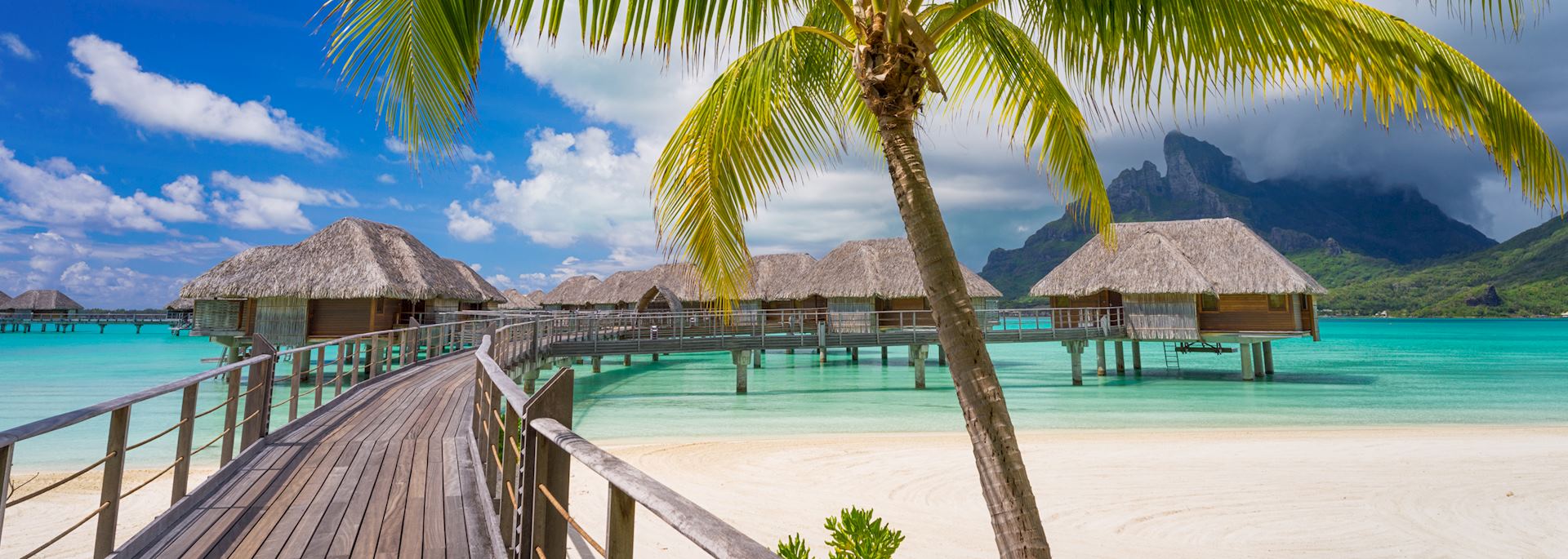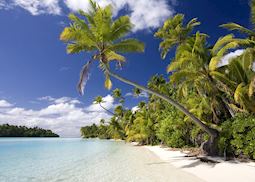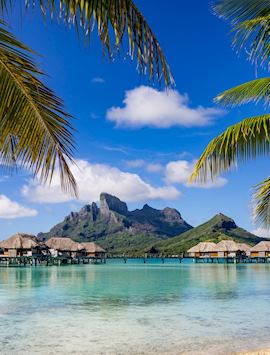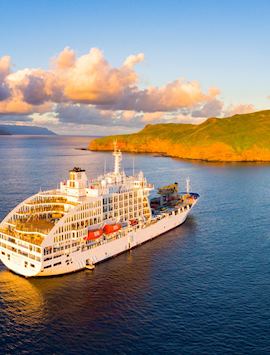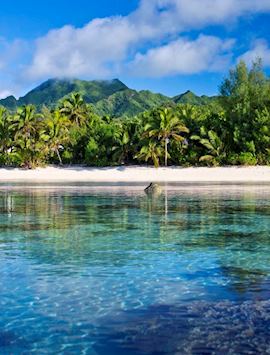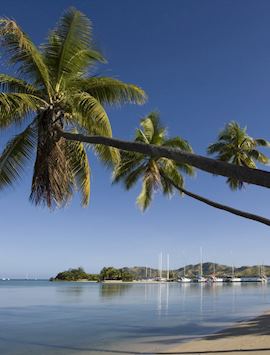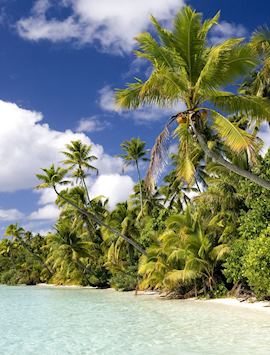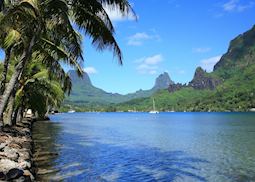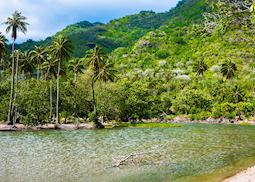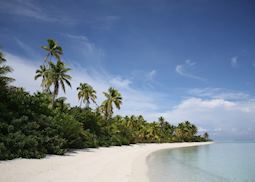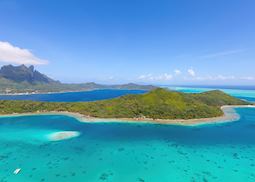
The South Pacific is remoteness redefined. If the escapist inside you is looking for true seclusion, it’s the ultimate fantasy of tropical islands ringed by white-sand beaches and luminous turquoise waters. Our team have extensively explored these scattered islands and atolls, and they’ll use this on-the-ground knowledge to help you decide which corner(s) to choose for your South Pacific holiday.
Whether you’re looking for the best snorkelling in the Cook Islands or you’re paying homage to Paul Gauguin in French Polynesia, our specialists will craft a South Pacific tour to meet your interests. They can also help you witness how longstanding Melanesian and Polynesian traditions underpin everyday life. You could find yourself listening to hymns in Fijian or Samoan villages, or wandering among tiki sites in the far-flung Marquesas Islands.
who's been there
-
01993 838 92501993 838 830
- Make an enquiry
Where you can travel with us in the South Pacific
Our specialists can help you plan your trip, individually focusing on your tastes and interests, to the destinations below.
Trip ideas in the South Pacific
These itineraries will give you a starting point for what your trip could entail. They cover routes that we've found work particularly well and feature some of our favourite places to stay. Treat them just as inspiration, as each trip is created uniquely for you and there are many more options available.
Our expert guides to exploring the South Pacific
Capturing our specialists’ extensive travel experience in the South Pacific, these guides share inspiration, recommendations and our honest advice for how to enjoy the best of what the region can offer in the most authentic ways. From the wealth of options we describe, you can narrow down the choices and start to shape your own trip.
-
French Polynesia honeymoons ![Overwater villas, Bora Bora, French Polynesia]()
French Polynesia honeymoons
French Polynesia honeymoons
Country specialist, Lisa, offers her expertise on getting the most out of your honeymoon in French Polynesia. Swim in clear lagoons with manta rays, stay in an overwater bungalow and take a guided walk in a rainforest.
Read this guide -
South Pacific cruises ![Cook's Bay, Moorea, French Polynesia]()
South Pacific cruises
South Pacific cruises
Enjoy exploring the South Pacific islands while on a cruise with time for relaxation, activities and cultural insights.
Read this guide -
Luxury holidays in French Polynesia ![Marquesas Islands lagoon]()
Luxury holidays in French Polynesia
Luxury holidays in French Polynesia
If you're planning a luxury holiday to French Polynesia we have a wide range of luxury holiday resorts and luxury hotels we can recommend.
Read this guide -
Family holidays in the South Pacific ![One Foot Island, Aitutaki, The Cook Islands]()
Family holidays in the South Pacific
Family holidays in the South Pacific
A warm Pacific island welcome and laid-back atmosphere, combined with reefs and lagoons to explore, and traditional bungalow-style accommodation make the South Pacific an ideal location for a family holiday.
Read this guide
